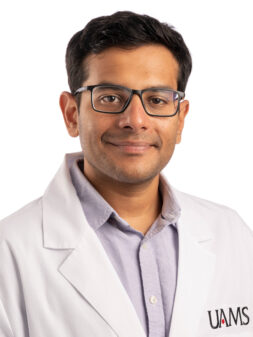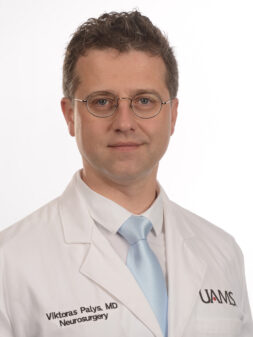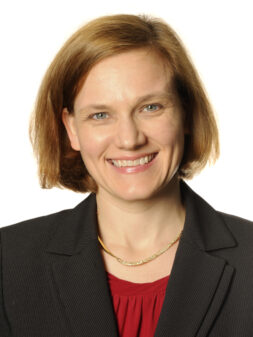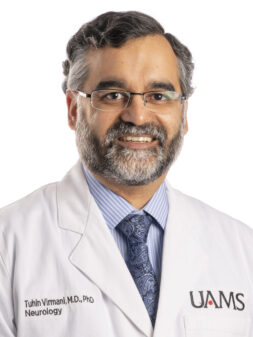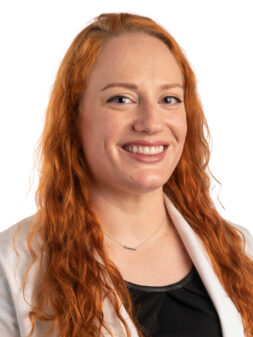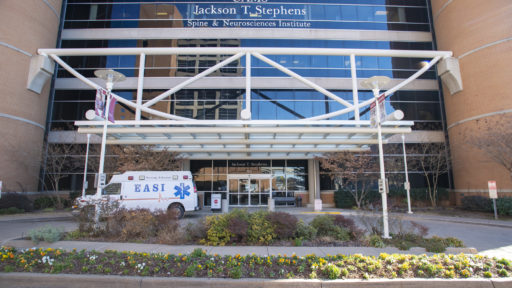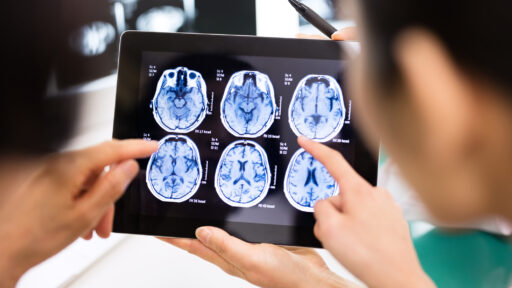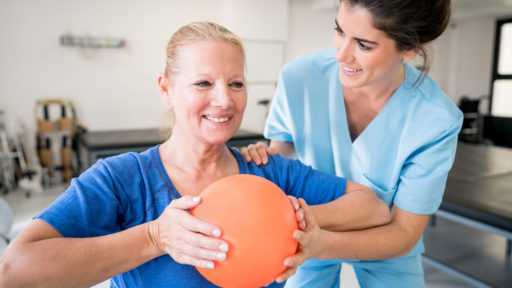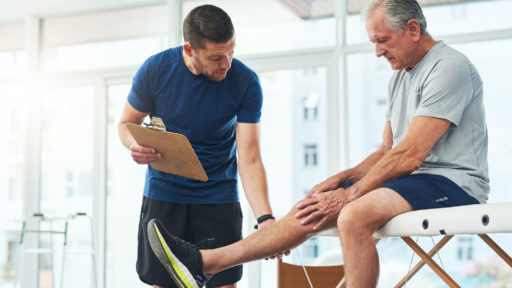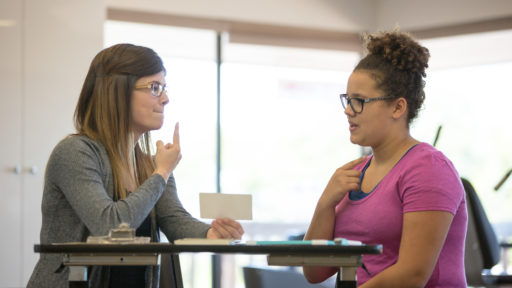Individuals with a movement disorder may experience tremors, involuntary movements and gait difficulty.
At UAMS, neurologists, neurosurgeons, neuropsychologists and other specialists combine their expertise to help treat your condition effectively. Close collaboration between the different departments ensures better care for you.
We incorporate the latest advances and research in genetics, prescription drugs and surgical techniques used to treat movement disorders. Our research efforts include randomized clinical trials for different disorders. These new techniques and studies help expand the frontiers of diagnosis and treatment available to you.
A coordinated multidisciplinary team is at the core of the UAMS Movement Disorders Program. By working closely together, we achieve the most effective results for our patients. Patients meet with our clinicians at the multidisciplinary clinic, where visits with multiple specialists may occur in a single day. Our clinic layout simplifies traveling to appointments and facilitates team communication. Our facility also houses the Gait and Balance Lab in the same suite.
We offer state-of-the-art treatments including deep brain stimulation, electrode implantation, and spinal cord stimulation. All care is provided through a multi-disciplinary approach involving neurosurgeons, neurologists, radiologists, and other specialists. This collaboration ensures all patients receive the best and most comprehensive care possible.
The UAMS Movement Disorders Program includes clinicians and researchers from the departments of Neurology, Neurosurgery, Neuropsychology, Medical Ethics and Psychiatry. Our group works closely with colleagues in the fields of radiology, physical medicine and rehabilitation, and primary care to manage the impact of a movement disorder on each patient’s overall health.
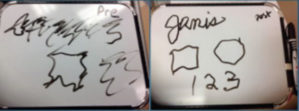
Neuromodulation involves the use of implantable devices that alter the nervous system activity through the use of electrical stimulation.
Neuromodulation therapy can be used to treat:
- Movement Disorders
- Spasticity
- Parkinson’s Disease
- Essential Tremor and Dystonia
- Trigeminal Neuralgia
- Chronic Neuropathic Pain

